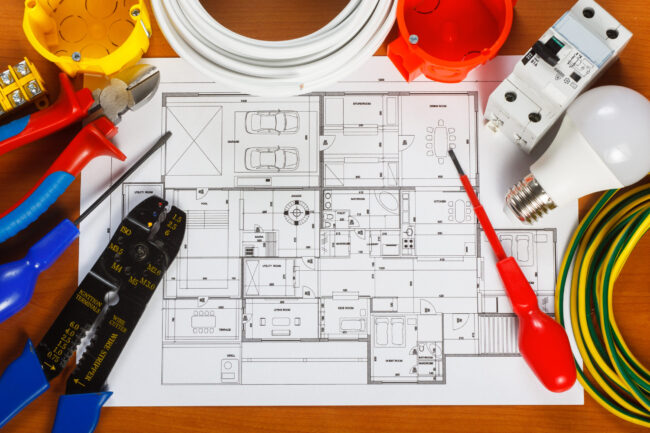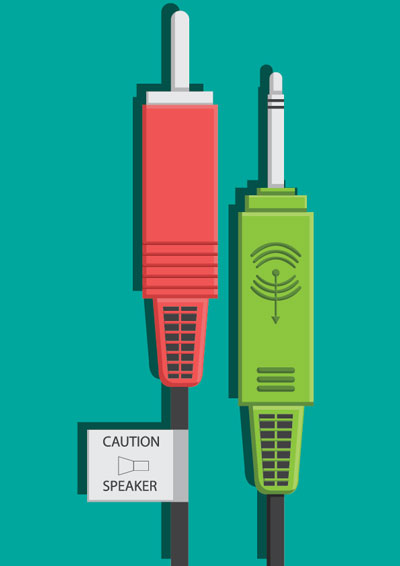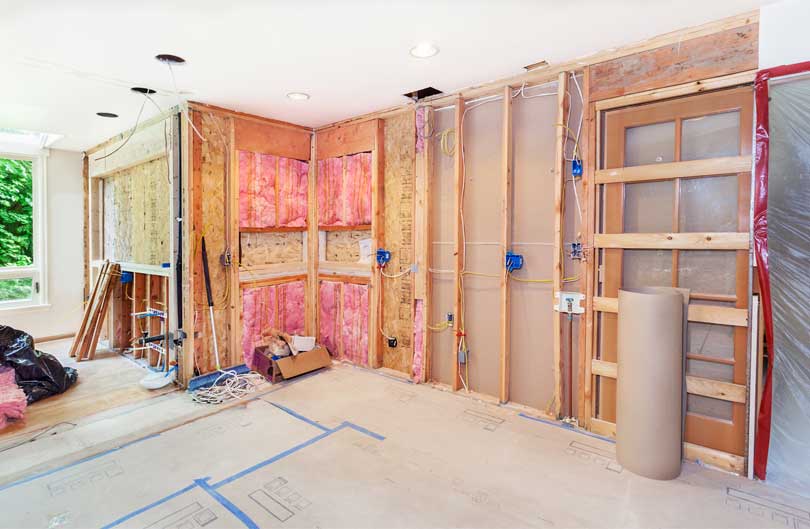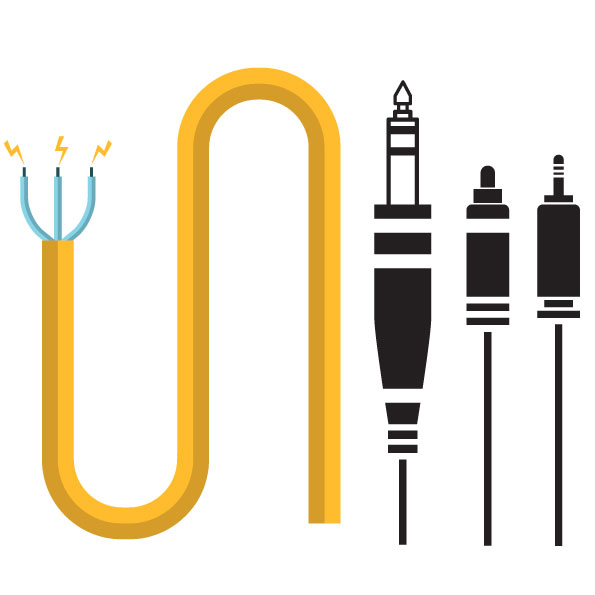When it comes to home theater set-up, people often end up spending thousands of dollars on equipment and even the seating arrangement. But, they rarely pay any attention to the wiring requirements. The key to setting up a great home theater is spending enough money in the right way.
Hooking up every piece of equipment using appropriate cables and wires is as important as buying first-class equipment. Unfortunately, people often forget that the quality of wiring can gravely impact your movie experience, particularly listening experience. Plus, the poor-quality wiring is a safety concern.
Usually, most home theater wiring requirements are product-dependent. However, you still need to follow a few basics if you want to create a state-of-the-art home theater experience. Here are a few tips on installing professional-worthy wiring for your home theater.
1. Follow Safety Guidelines
This one is a no-brainer. Whether you are setting up a home theater system or just replacing an old power cable in the kitchen, when it comes to wiring, safety is the most important factor. You should always use cables and wires complying with the national safety guidelines. These may include resistance to fire, chemicals, abrasion, and temperature fluctuations, among others.

One of the most common wrong practices is to pass the wiring from under the recliners without following proper insulation procedures. This can lead to serious hazard at the time of shot circuit.
2. Plan Your Wiring Well in Advance
There are certain alterations which you would like to avoid like setting up your projector screen, recliner chairs and audio speakers once they are completed.
To accomplish this goal, you must plan the wiring well in advance. You also need to consider your lighting requirements, networking, and possible future augmentations before setting out with your screwdriver.
To calculate the required length of cables, you first need to determine the best possible route for your wiring. Whether it is speaker cables, HDMI cables or even network cables, when you determine the length of required cables, make sure to consider at least 20% extra length to cover sufficient slack, installation errors or possible obstacles the cables may have to go around.

Budget is the second most important aspect of your planning. Before starting with the installation, you need to consider how much the wiring is going to cost you, including expenses for hiring or consulting a professional, if necessary. Instead of going for the most expensive or the cheapest cables, try to purchase good-quality cables suitable for both, your home theater and your wallet.
3. Choose the Right Wire Hardware
Selecting the right wiring hardware for your home theater is essential as it directly affects the sound quality. Thickness or gauge, expressed in AWG (American Wire Gauge) is the most important feature of a speaker cable. The lower the speaker gauge number, the larger and thicker the wire will be.

Usually, using a 16-gauge wire is recommended for most home theater applications. However, if the wiring network for your home theater requires more than 50 feet of wire or if you want to set up in-wall or ceiling speakers, you may need to use a thicker wire (preferably 14 or 12-gauge) because long cable runs can cause considerable power losses.
Your choice of the speaker cable will also depend on the quality of your audio equipment including the amplifier, the receiver, and the speakers. Make sure that the thickness of your cable matches the inbuilt quality of your audio equipment.
4. Label Your Cables
Whether concealed or not, all your cables and wires must be labeled appropriately in multiple places. Make sure to label both ends of the cable using color-code labels. Attach the labels at a proper distance so that there is enough room for cutting or trimming the ends in future. Consistent labeling is essential as it ensures that you or anyone else can quickly and easily locate the cables. Readymade labels are a great solution, but for small home theater setups, you can also make your own labels.

Using colored cables is another way to organize your cabling. You can find colored HDMI cables in local hardware stores. If you can’t find them, you can also use colored expandable sleeving or tubing. Colored tubing can not only label your wiring, but also protect it from abrasions.
5. Camouflage Wires with Raceways
The number one concern for most home theater owners is to keep all cables and wires out of sight. Though you can cover them with rugs or tuck them between carpets and baseboards, installing cable raceways is perhaps the best solution to this problem. Raceways are plastic or wooden channels that can easily conceal running wires in a well-organized fashion.
This option particularly comes in handy if you need to run a few lengths of wire in a room with baseboards and no carpet. They can be painted to match, making it easier to blend them with your home theater decor. Raceways come in different sizes. A typical raceway kit comes with connecting pieces, covers, elbow joints, screws, anchors, and double-sided adhesive tape. Make sure to buy a kit(s) that suits your wiring requirements.

6. Keep Power Cables Separate from Audio-Video Cables
Audio and video cables have low voltage compared to 60Hz power cables, which can cause electromagnetic interference. This is why you need to keep them separate from each other. If possible use cable hangers or managers to run your power cables on one side and audio-video cables on the other.

You also need to avoid looping power cables because it can result in a loud buzz or a hum coming from the speakers or scrolling bands on the display screen. Plugging all your power cables into a single power strip or surge protector is the best way to address this issue.
Conclusion
Most home theater owners are so engrossed in selecting the best equipment and leather recliners that they often take wiring for granted. However, if you want the best movie experience (and the safest one), you need to pay close attention to your wiring requirements. From adhering to the national safety guidelines to keeping the power and speaker cables separate, these tips will help you manage your home theater’s wiring flawlessly.

